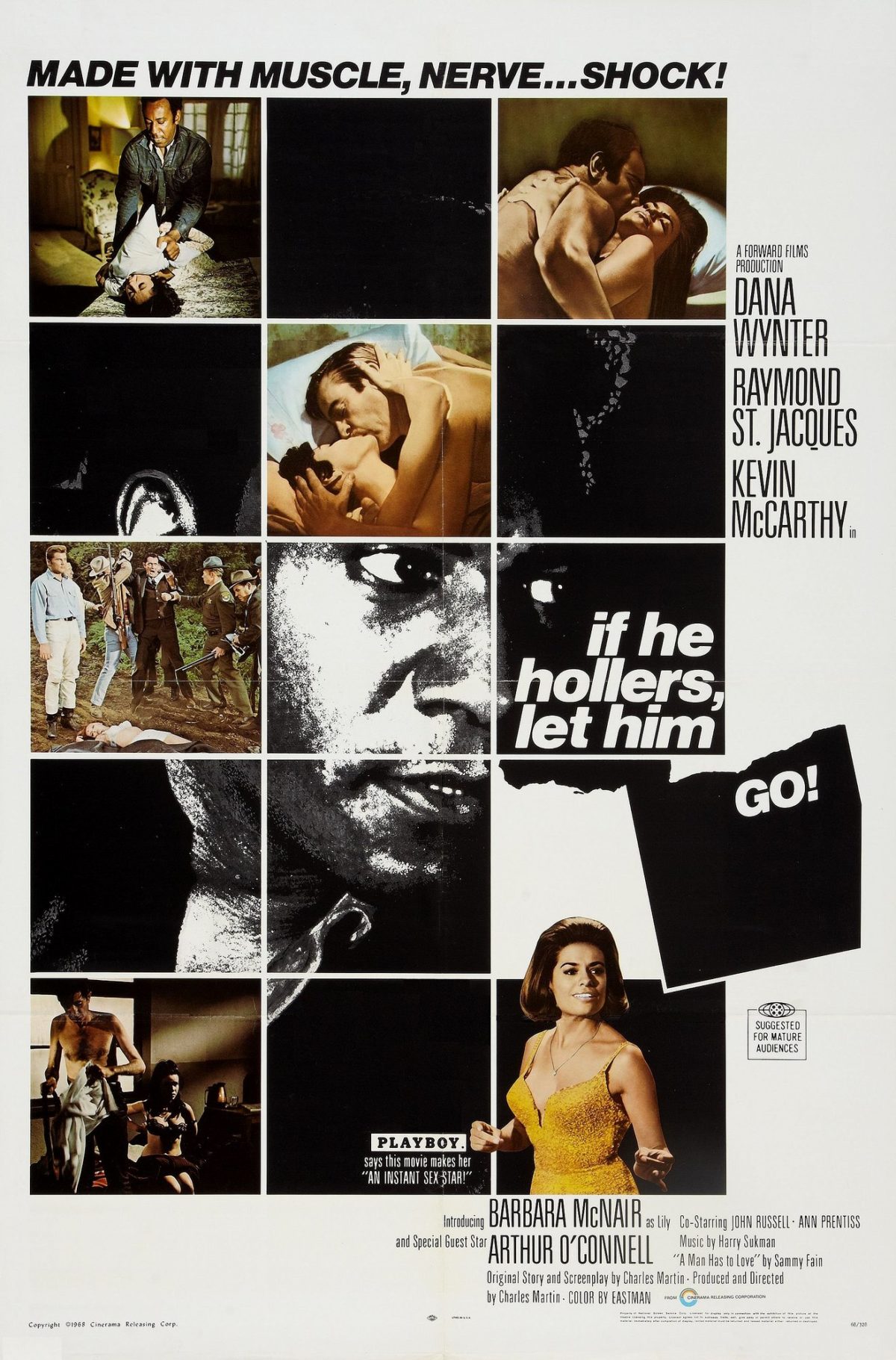Looking back to my first post for this course, all I had were questions. I asked what the purpose of the novel was: whether it was supposed to reflect reality or if it should be an escape from it? I also asked if a novel is art, and if so, what would make it art? Building off of my history in the English major, I thought that the noir novels that we were reading were somehow sub-par to that of the canon of English literature. The “spirit of detachment” as Raymond Chandler wrote about noir, which separated old detective fiction from the canon, came to me as a shock and I felt that noir was hard to take seriously. The Maltese Falcon, I wrote, existed in a space that I could not imagine because of its black and white morality. Now, having read all 8 of the books this semester and engaged with the supplementary materials, I have found a few answers.
Nostalgia is the one idea in Noir that I have really grasped onto and has helped me find a definition for the genre. Nostalgia is a desire for a past that has never existed, and with each Black Noir novel, the black characters navigate a world that is inherently nostalgic in that the society they live in places assumptions upon them that are not true. For black characters, there is a disconnect between the reality of their personhood and an imagined idea of who they are and how they should be treated. Bob in “If He Hollers…” viewed himself as a man, yet his society viewed and treated him as sub-human.
I believe that the sense of nostalgia that pervades each noir novel has given me an understanding of what fiction is for. Fiction allows us to examine aspects of our lives from an aesthetic distance. Without the consequences of realism.The unreality of fiction gives us space to apply the ideas to our reality. The novel “If He Hollers Let Him Go” was the first novel in this course that proved this to be true for me. Bob’s paranoia bordered on insanity in some instances, but I was able to conceptualize my own feelings of insecurity around my race through him. Just like Bob, I have feelings of anxiety towards how people see me. I get weird looks from girls in my residence hall, and my first thought is that it is about my race. If I walk by a group of white girls in my section and they suddenly go silent and watch me, I feel like a zoo animal and suddenly I feel outside of myself, watching them watch me. Bob’s story was a way for me to place these feelings into a context where I could examine them. It gave me a structure for the very real and confusing emotions I have.
This was difficult work for me to do, but I am glad that this course has given me a new perspective on how fiction works to examine the inner self. Especially because I am doing a double major in Africana Studies and English, this course has helped me solidify my desire to examine the role of the novel in the development of our society’s conception of and reckoning with race. In the future, I will look back on this class as one that was difficult personally, as it made me think about my race and gender in a deeper way, forcing me to grow up, and it was monumental in my progress as a scholar in solidifying what I want to study at Notre Dame and in Graduate school.
